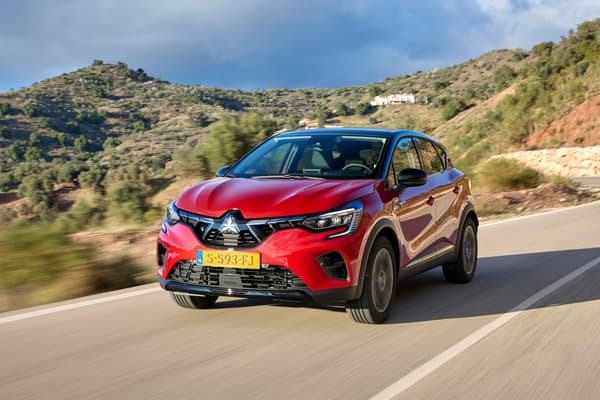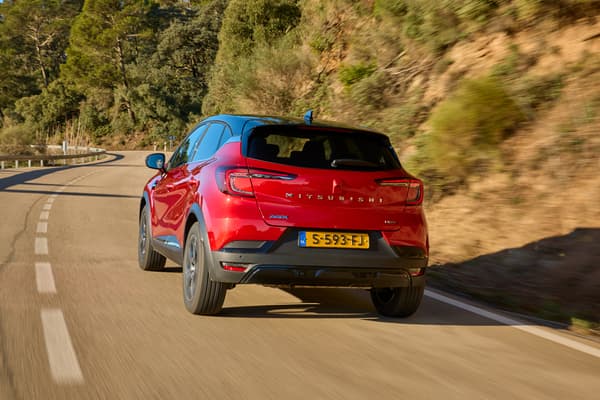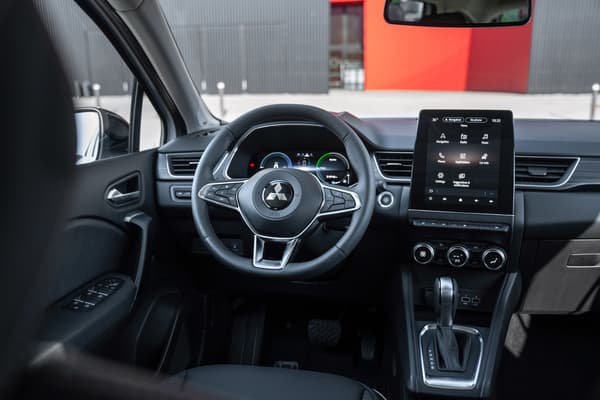like déjà vu This is what catches your eye when you discover the “all-new” Mitsubishi ASX. No wonder, as this model borrows many elements from a particularly popular compact SUV in France: the Renault Captur.
A perfect example of automotive cufflinks.
In fact, Mitsubishi is part of the alliance with Renault and Nissan and will therefore be able to market this category of model that was so lacking in its current range in Europe.

In automotive jargon, we speak of a rebadged vehicle: a brand places its badge on a model originally proposed or in coordination with one or more competitors, through collaboration agreements, with the aim of reducing development costs.
This ASX, very close to the Captur, is therefore a perfect example. Rarely is mimicry taken so far between two brands that, even as allies, remain competitors.
There are other models, very similar in design, such as the trio of small Peugeot 108s, Citroen C1 and Toyota Aygo, which are no longer on the market (only Toyota now offers an Aygo X).

Or within the Volkswagen group, with another trio of micro-city cars, the VW Up!, Seat Mii and Skoda Citigo. In another style, we can also mention the BMW Z4 – Toyota Supra duo.
Less than 7 differences
With this Mitsubishi ASX, we are in an almost exact copy: it is really a Renault Captur… with a new grille and, of course, the Mitsubishi logos. At the rear, the reversing camera stands out clearly: in fact, it’s hidden inside the diamond logo on the Captur. We’ll point out the addition of an optional step anyway, to keep up with Mitsubishi’s 4×4 ethos, but more for aesthetics as it’s not really useful for getting on board the ASX, which stays pretty low to the ground.
We notice the same mimicry inside. A good point since the interior of the Captur has remained quite polished since the launch of the second generation in 2019.

Like its Renault cousin, the 422-liter boot in gasoline or light hybrid increases to 326 liters in a non-rechargeable hybrid and 265 in a rechargeable hybrid with a larger battery. In the latter, it is also necessary to accept a 39-liter tank, instead of 48 liters.
This is the non-rechargeable hybrid version we tested, with the same feel as the Captur E-Tech. During our test of about 200 km through the French and Spanish Basque Country, with a mixed route that combined highways, small roads and urban driving, we consumed 5.5 liters per 100 km, which is still a very decent score. .
The prices of this ASX remain just as close to those of its Renault twin. Part of 24,990 euros in gasoline (25,550 euros for the Captur), with the 1-liter MPI-T-91 engine. We also find the light hybrid from 31,190 euros, the non-rechargeable hybrid from 34,790 euros and finally the rechargeable hybrid from 39,990 euros.
After the Captur-ASX, Mitsubishi will apply the same recipe in September for its future Colt, which will be the very close cousin of a certain Renault Clio.
Source: BFM TV

